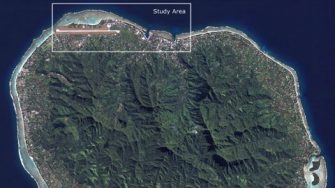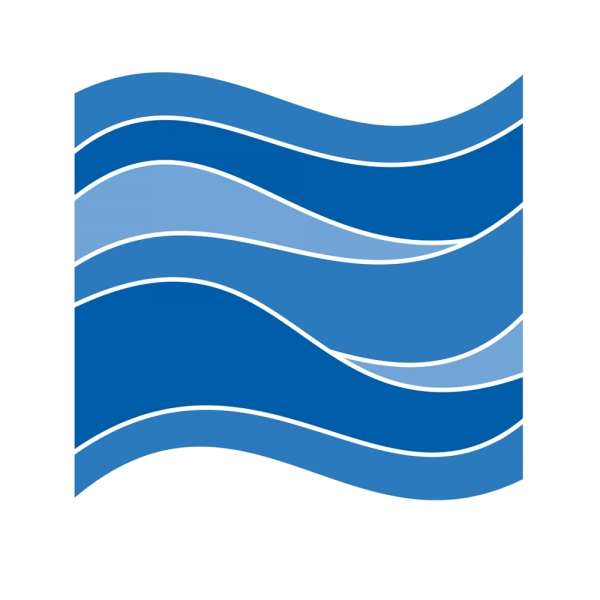
Year: 2012 - 2013
WRL undertook a project spanning 8 months in Avarua, the main town of Rarotonga, Cook Islands. The project was undertaken for the Climate Change Cook Islands division within the Office of the Prime Minister, and was funded under the Pacific Adaptation Strategy Assistance Program (PASAP) by the Australian Government.
Avarua lies on the cyclone prone north coast of Rarotonga, and is the administrative, economic and tourism hub of the Cook Islands. Within the study area are most government offices, the international airport, the main fuel stores, and the Avatiu harbour which processes all incoming freight to Rarotonga and the other Cook Islands. Previous cyclones impacting the study area, including the unprecedented five cyclones early in 2005, have caused significant damage to buildings and threatened infrastructure.
Stage 1 of the project included an initial scoping and stakeholder consultation visit which took place on the island. Over the study period WRL undertook a range of activities including topographic and bathymetric data collection, analysis of previous cyclone events and damage, analysis and predictions of wave processes and inundation during extreme events, including consideration of the effects of climate change on risk.
During Stage 2 of the project WRL Project Engineers Matt Blacka and Duncan Rayner travelled to the Cook Islands to undertake a detailed topographic survey of the Avarua area and neighbouring villages, with the assistance of local engineer Ben Parakoti. In a seven day surveying campaign, RTK-GPS surveying equipment was used to survey land levels throughout the study area, as well as measuring bathymetric levels throughout the fringing lagoon. An area of approximately 3 km2 was covered by the survey, with 25,000 topographical points measured over a linear distance of 85 km.
The data from the surveying campaign was vital in order to undertake physical and numerical wave process modelling for the area, as well as for mapping hazards to houses and infrastructure from wave impact and inundation during extreme cyclone events. Analysis of this survey data forms Stage 3 of the project.
In the final stages of the project WRL Coastal Engineers Francois Flocard and Matt Blacka undertook a range of modelling to investigate the coastal processes that occur at the site during cyclone events. The foreshore of Avarua is fringed by a shallow lagoon and coral reef system which quickly drops off into very deep water. This reef and lagoon system dominates nearshore coastal processes which vary significantly from typical Australian beach environments.
The modelling undertaken by WRL included a coupled approach of physical wave flume testing and a calibrated empirical solution. Project Engineer Priom Rahman developed a storm surge inundation model for the Avarua township using MIKE Flood, which considered the propagation and overland flooding that is generated as a result of storm surge, wave setup and wave overtopping during cyclone events.
WRL’s modelling was used to understand and map the likely impacts from coastal hazards. GIS maps identified areas of the town that will be impacted by wave overtopping and inundation, and aided in predicting the likely costs of damage from coastal hazards during cyclones of various intensities.
Following the study Matt returned to Rarotonga to discuss preliminary results of the hazard mapping with various government agencies. These meetings also helped to gather feedback about ways to improve development planning and compliance, environmental impact assessments, and infrastructure design in the future, based on the study deliverables. Final results of the study were presented to Cook Islands government agencies in Rarotonga, along with a wider community presentation.
- For further information
- Publications
Please contact:
Dr Francois Flocard | Director - Industry Research | f.flocard@wrl.unsw.edu.au
One of the outcomes of the project was a range of brochures, and a video made by the Pacific Adaptation Strategy Assistance Program; targeted at Pacific-wide decision makers, development agencies, and those interested to find out more about adapting to climate change.

